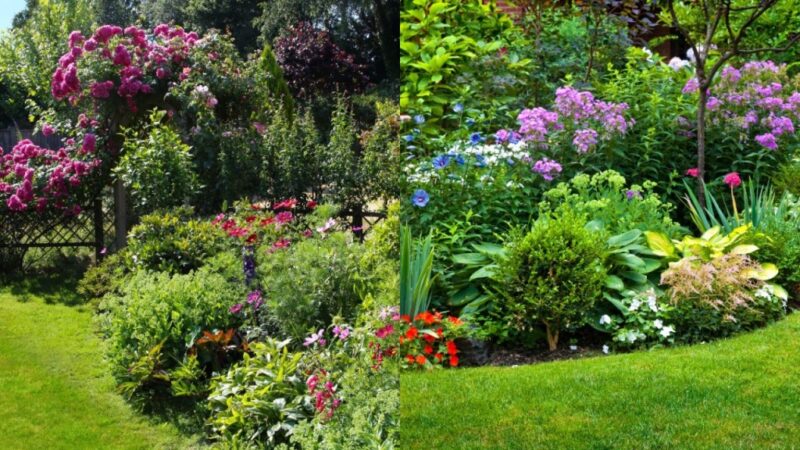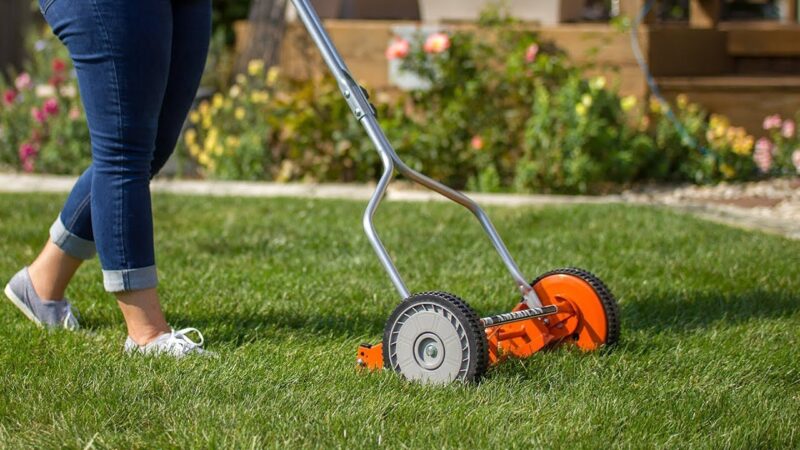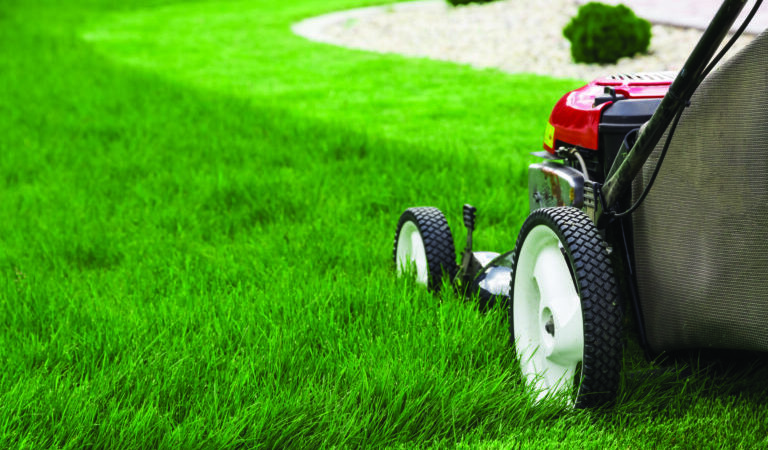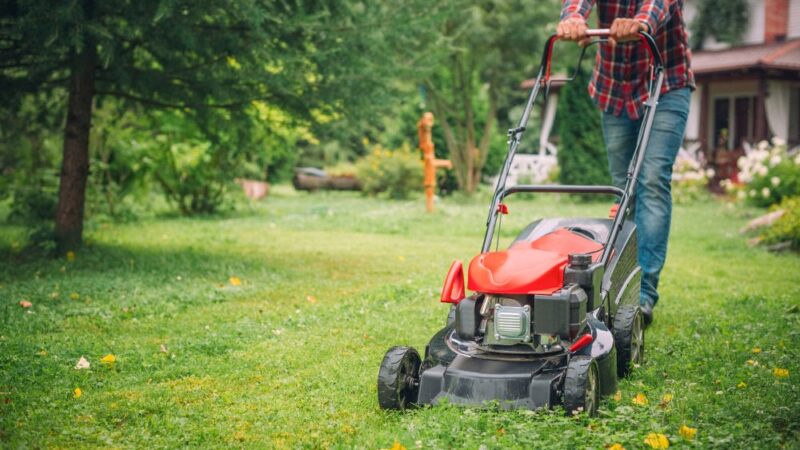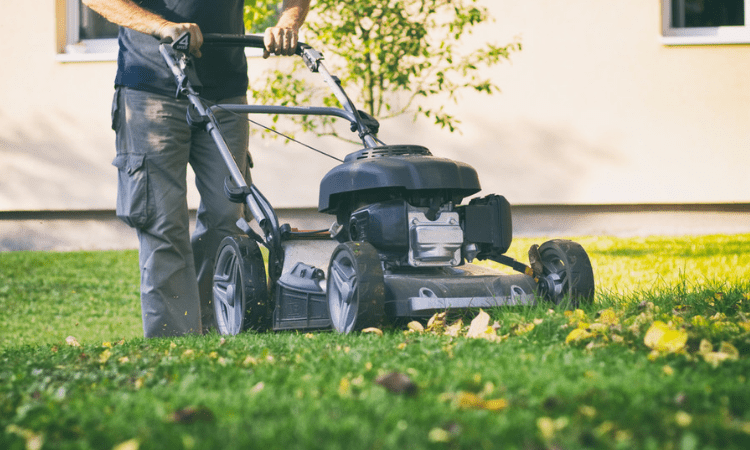How to Grow and Care for Huckleberries Fruit Plant
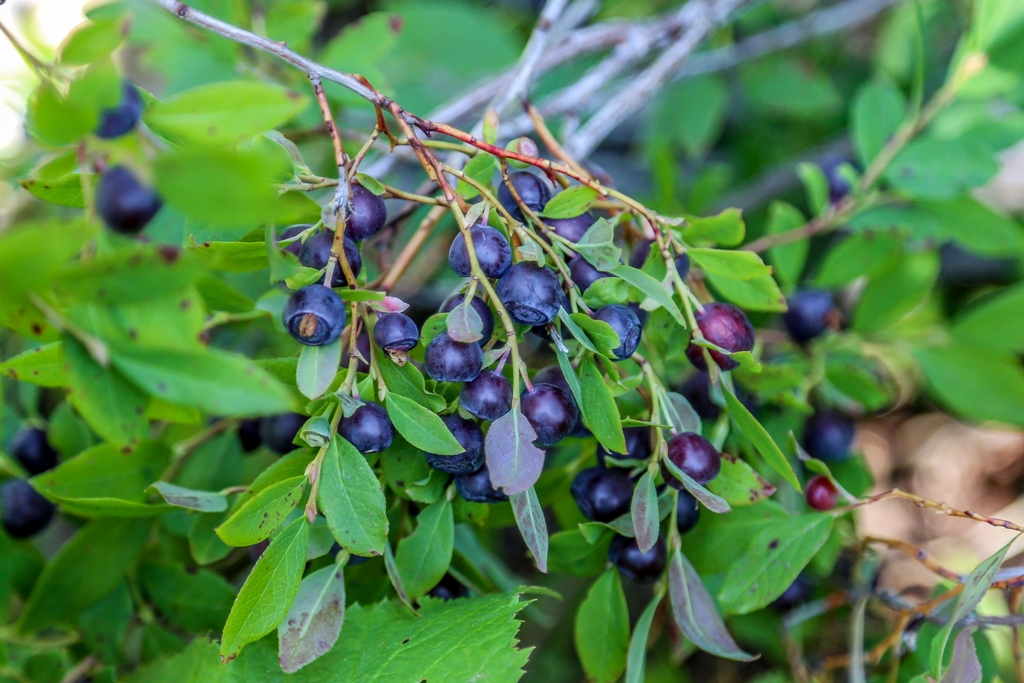
In North America, huckleberry refers to not one but several plants that belong to the family Ericaceae. These plants are typically characterized by having small berries, which may be in blue, red, or black. Huckleberry is also the common name for two species of plants –Gaylussacia species and Vaccinium species. It may go by different names such as red huckleberry or blueberry according to the local dialect. Huckleberries are also closely related to cranberries.
More than 12 species of huckleberries are known to exist. Huckleberries taste extremely yummy, and since ancient times they have been used as traditional medicine, especially in many parts of Native America. Native Americans used both sun-dried or smoked huckleberries and then used them in various food items such as cakes. Even though huckleberries are native to northern America plus Canada, they are also found in many other parts of the world and prominently in the European continent.
Various Uses Of Huckleberry
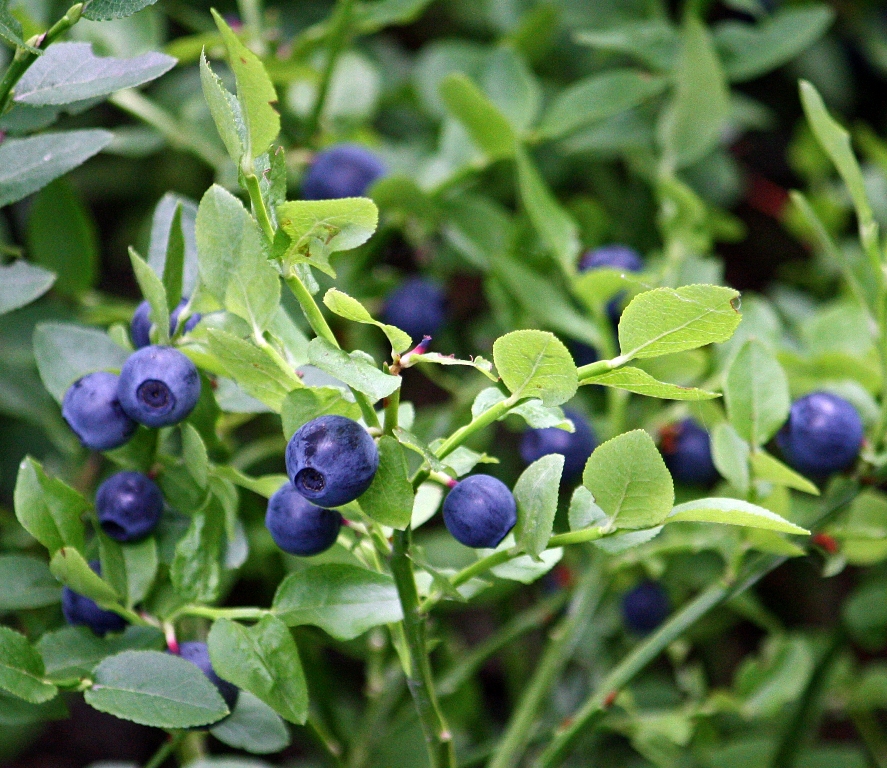
Apart from being used in medicines, huckleberries are consumed by both humans as well as animals. Bears, deer, birds, coyotes, and many other small mammals feed on various parts of the huckleberry plant for food. And as for humans, we use huckleberry on multiple types in culinary practices. They are used in pies, jams, spreads, pancakes, milkshakes, muffins, ice creams, salad dressings, and all these things that ignite our sweet cravings.
Benefits Of Huckleberries
There are various health benefits associated with the consumption of huckleberries. They are abundantly rich in antioxidants that just one serving of huckleberries consists of more antioxidant power than any other fruit or vegetable. A rich source of Vitamin C, and high in iron and potassium, huckleberry can be used to effectively fight against lack of immunity, cancer and many other health diseases. They also help in building the blood in humans and can be used to treat eczema and other skin conditions as well. A mechanism of the huckleberries enables the pancreas in humans to better digest the starch and sugar content that is consumed. Huckleberries are also known to prevent pancreatic cancer.
Rich in vitamin B, it can keep your skin and muscles healthy, improves immune function, increases metabolism, and also promotes cell growth and division. Huckleberries can reduce the effects of aging by fighting against the buildup of free radicals in the cells, thus reduce skin wrinkling. These are just some of the most important benefits of huckleberries, and there are still many others, including lowering cholesterol levels.
Features Of Huckleberries
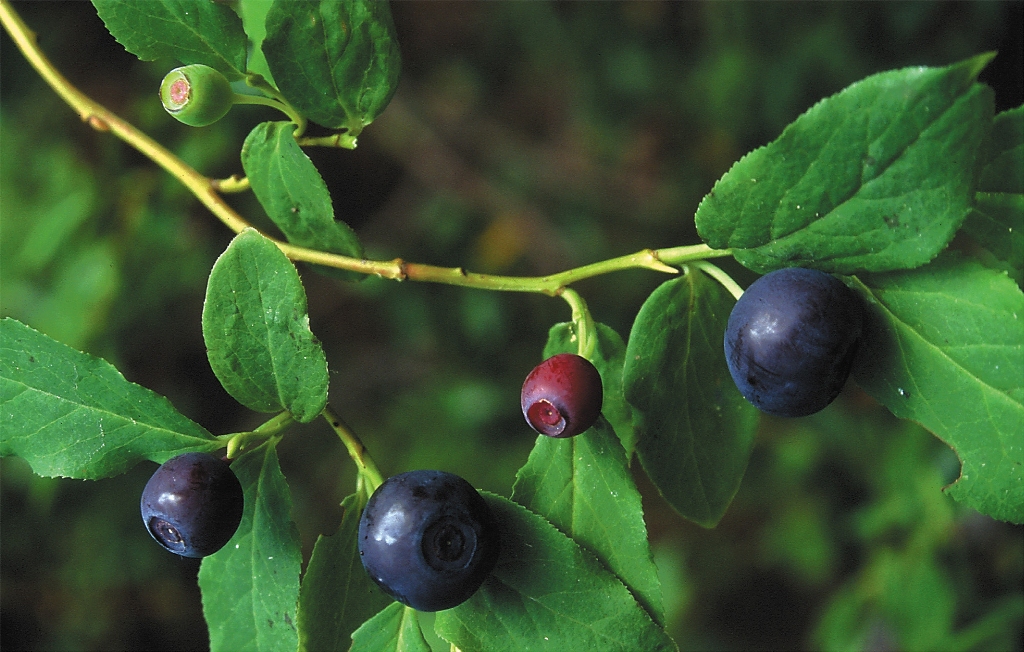
The berries are typically small and in round shape, having a diameter of about 5-10 millimeters. The leaves are usually oblong and can be either waxy or hairy, depending on the type of species. The fruit usually grows on shrub plants that are almost 16 inches tall. Each berry may contain up to 10 seeds in it. Usually, most huckleberries have a tart-like flavor. The appearance and taste of huckleberries are quite similar to that of blueberries too.
How To Grow Huckleberries
If planting indoors, the best time to grow huckleberries is in early spring, and then they can be transplanted outdoors after the frost has gone. Primarily, huckleberries require abundant sunlight and soil that is well-drained. They grow best in moist and acidic soil with a PH range of 4.3 to 5.2. It is also required that the soil is moderately fertilized and not entirely devoid of nutrients. Different species may require sun and shade for growing. Since they lack a centralized root system, it is difficult to transplant wild bushes. Therefore, it is recommended to first grow the plants in a pot for one or two years and then transplant them to the garden or yard.
Fertilizing And Aftercare
The huckleberry plant can be fertilized using manure, slow-release or granular fertilizer, and even a 10-10-10 fertilizer. While manure can be used at any time, fertilizer is best used in May, June, and July. For weed and pest control, it is advised not to use herbicides and mulching or hand weeding instead.
No, although huckleberries are closely associated with blueberries and even the same flavor and taste up to a large extent, essentially both are not the same.
The main reason why huckleberries are expensive is that unlike other fruits or plants that are grown in commercial and large farms, huckleberries are often handpicked from wild forests.
Yes, even though wild huckleberries have a sweet plus tarty taste, they can still be eaten fresh and directly. But most often, they are used in beverages, jams, candies, syrups, etc.
